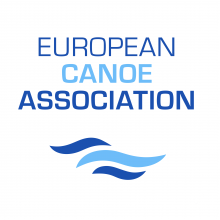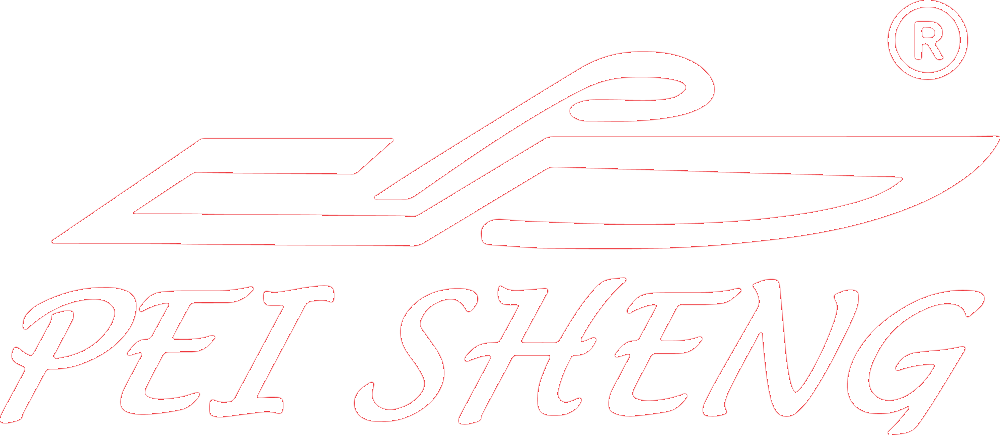We use cookies to improve our site and your experience. By continuing to browse our site you accept our cookie policy
We use cookies to improve our site and your experience. By continuing to browse our site you accept our cookie policy
The classic test of speed and power
In Flatwater Racing sprint events, paddlers race on a straight course, each boat in a separate lane, over three different distances : 200 m, 500 m and 1000 m. In a kayak, the paddler is seated and uses a two-blade paddle, while in a canoe, the paddler is kneeling on one knee, and uses a single blade paddle. There are kayak events, for men and women, in single (K1), double (K2) and four boats (K4), and canoe events for men in single (C1), double (C2) and four boats (C4) and recently also for women.
This form of racing became an Olympic discipline in 1936 and its programme includes events over 200 m and 1000 m for men and 200 m and 500 m for women.
Except of sprint categories canoeists race also in long distances. At World Championships and European Championships these are 5000 m, only single boats are used. Long distances are also very popular for mass competitions, e.g. Sella Descent in Spain.







German canoe sprinter Sebastian Brendel has announced the end of his distinguished sporting journey. The 37-year-old has decided to draw his competitive career to a close but will remain involved in the world of canoeing in the future.
Read more

